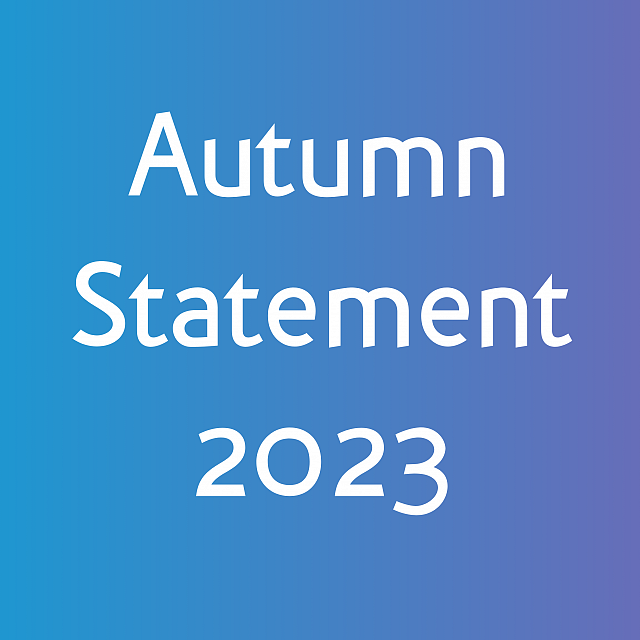



Boosting the economy was also a central part of the chancellors speech, highlighting the UK’s faster growth compared to France, Germany and Italy’s. While not all all 110 growth measures announced will have an immediate effect, there were several signs that the government is committed to supporting scale-ups in the technology and media industries.
Here are the top five ways the budget will deliver:
After two years of uncertainty, it was announced that the Treasury would end the R&D feasibility study that began with the Spring 2021 budget.
A single, simplified scheme will replace the current RDEC & SME schemes from 1 April 2024. The new scheme will take elements from both old schemes and provide an above the line credit for qualifying R&D costs.
Notable improvements include reducing the national tax rate for loss-making companies from 25% to 19% under the current RDEC scheme.
The government is continuing to signal its intent to support specific growth sectors of the economy, announcing £520 million for transformational investments in the life sciences sector by 2025-26 and £960 million to support green industries and the race to net zero.
As part of the wider ambition of making the UK a leading a world leading tech hub, one of the largest benefactors will be digital technology and AI. This is evidenced by the announcement of £100 million to launch the first Safety AI institute and a further £500 million in compute for AI to allow researchers and SMEs to develop new foundation models bringing the total investment to £1.5 billion over the next two years.
Following what was a popular move in March for the Seed Enterprise Investment Scheme (SEIS), it was announced that the sunset clause for the Enterprise Investment Scheme (EIS) and Venture Capital Trusts (VCT) have also been pushed to 2035. This safeguards a crucial element of private investment for UK start-ups.
The Full Expensing capital allowance policy has been hailed as the biggest tax cut in modern history. Originally introduced in April 2023 for initial three year period to April 2026, it has now been made permanent.
The policy allows companies to take a full tax deduction on qualifying expenditure in the year of the expense rather than spread over several years. Whilst certainly positive, it should be noted that companies could already claim expenditure on their first £1 million of qualifying spend via the annual investment allowance limiting its use in smaller businesses.
A headline feature is the reduction in National Insurance for both employees and the self-employed. Employees will benefit from a 2% cut from 6 January 2024, promising a saving of £450 a year for someone earning £35,000 a year.
From April 2024, the Class 2 NICs for the self-employed will be abolished whilst retaining contributory benefits and there is a further saving of 1% on Class 4 NICs giving a saving of £350 a year to the averaged self-employed person earning £28,200.
If you’d like to learn more about how you or your business could benefit from these changes, or if you require any further advice to help you scale, please complete the form below and we’ll be in touch.

 Adam Chick
Adam Chick
 Tech and media businesses
2
Tech and media businesses
2
.jpeg)
 Tax planning and advice for businesses
3
Tax planning and advice for businesses
3

 Scale your business successfully
4
Scale your business successfully
4
 22 November 2023
22 November 2023
 Contact us
6
Contact us
6